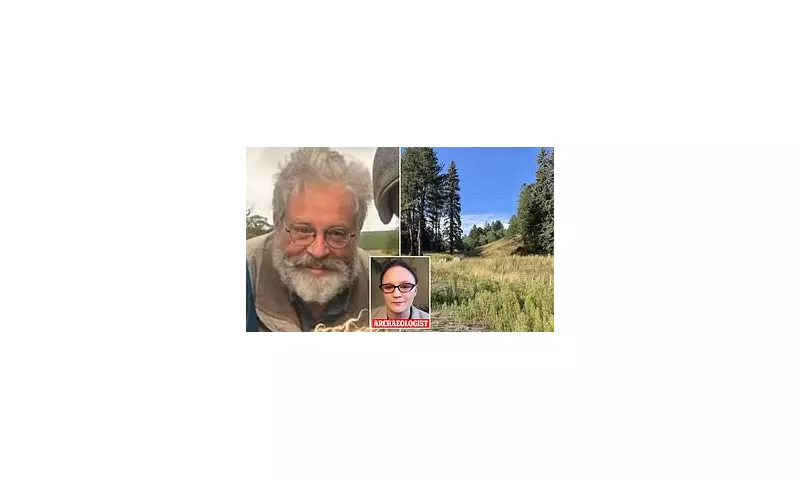
A wealthy Massachusetts engineer stands accused of committing what authorities describe as an 'unthinkable' act of cultural destruction after allegedly bulldozing a protected Native American burial site on his sprawling property.
The Shocking Discovery
Richard Finney, a 73-year-old electrical engineer, purchased the prestigious $2 million Weston property in 2021, apparently unaware or unconcerned about the sacred ground beneath his feet. The site contained what archaeologists believe were the remains of a Native American individual dating back centuries, protected under Massachusetts law.
A Meditation Area Built on Sacred Ground
According to court documents, Finney embarked on an extensive landscaping project that involved clearing trees, moving stone walls, and grading the land. Prosecutors allege he created what he called a 'meditation area' directly through the protected burial site, using heavy machinery that completely destroyed the archaeological remains.
'The defendant essentially erased an irreplaceable piece of indigenous history,' said one investigator familiar with the case. 'This wasn't an accident - it was a systematic destruction of protected cultural heritage.'
Legal Consequences and Cultural Impact
Finney now faces serious criminal charges including the desecration of a burial site and destruction of archaeological resources. If convicted, he could face substantial fines and potential prison time under Massachusetts' strict cultural preservation laws.
The case has sparked outrage among Native American communities and preservation advocates. 'These sites are not just archaeological curiosities - they're sacred spaces that connect living indigenous people to their ancestors,' explained a representative from a local tribal organisation.
A Pattern of Disregard?
Court records suggest this wasn't Finney's first encounter with preservation laws. Neighbours reported multiple warnings about the protected nature of the land, and conservation officials had previously flagged concerns about his landscaping plans.
The destruction only came to light after concerned neighbours reported the extensive earth-moving work to local authorities, prompting an investigation that revealed the full extent of the damage to the archaeological site.
As the case moves forward, it serves as a stark reminder of the ongoing tension between property rights and cultural preservation, and the fragile nature of archaeological treasures that lie just beneath the surface of modern development.





